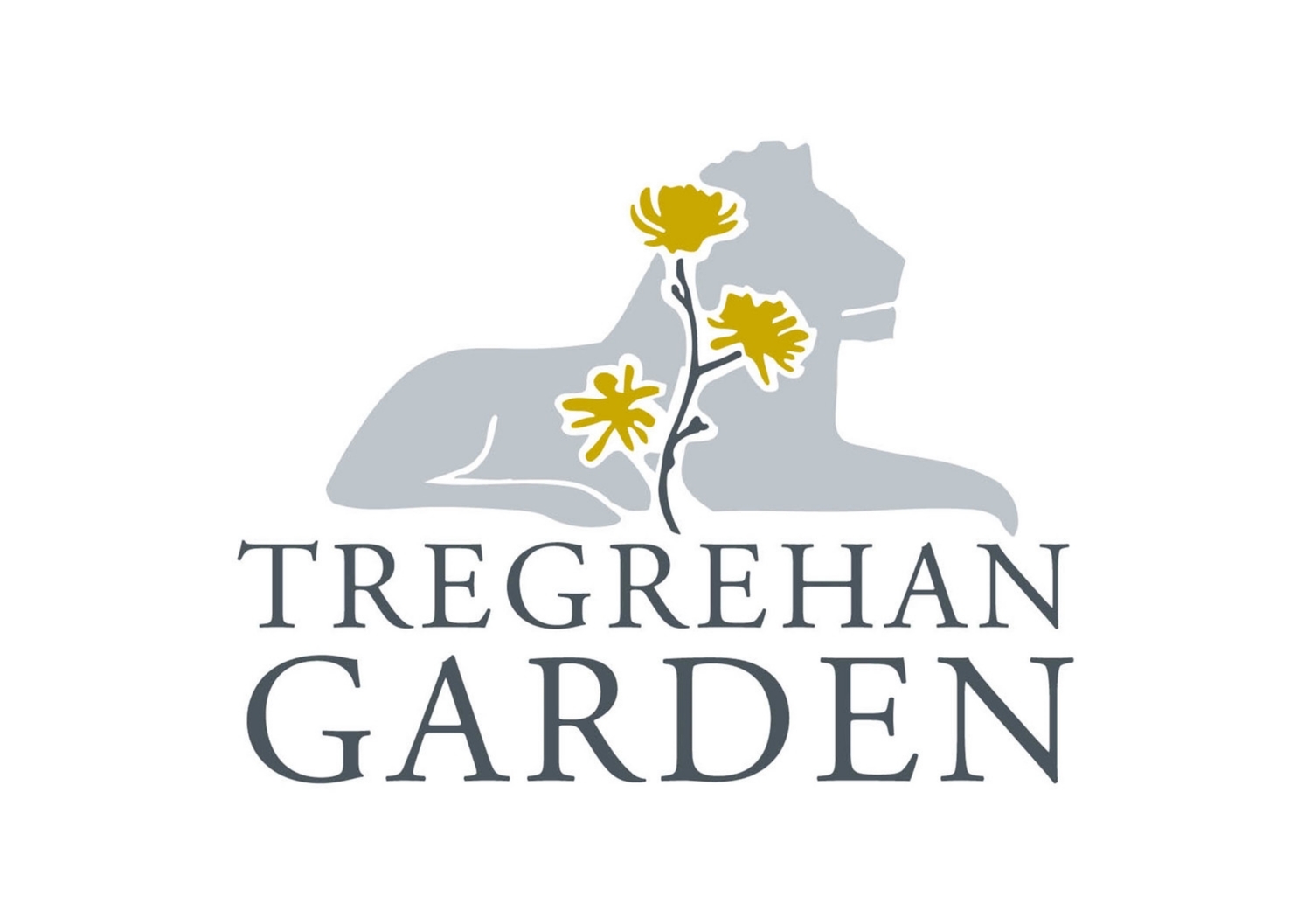The two species shown here have been rather an enigma for the past hundred years or so. The story is i’m afraid rather convoluted but begins with two collections made by Kingdon Ward KW 6743 and KW 7618 in the late 1920’s from Myanmar (Burma). They were named by Fischer from a Herb Sheet at RBG Kew as Eriobotrya wardii. These two collections resided under this name until more material was observed recently in SE Tibet, NE India and Myanmar. A much more recent expedition from the Kunming BG collected material in SE Tibet and was named Pleiosorbus megacarpa in 2000. Other generic names had been proposed in the meantime such as Sorbus, Pyrus, Micromeles and Raphiolepis until Keith Rushforth compared recent collections from Arunachal Pradesh and discovered key differences in the fruits between the collections. Please see Phytologia 100(4):233.2018 for more info if interested.
Both Pleiosorbus species have subsequently become established at Tregrehan and interestingly they are behaving in a completely different manner in the garden as can be seen in the two foliage images attached here. P. megacarpa showed lovely autumn tints until the leaves dropped in early December. In contrast the P. wardii started its growing season in December and had finished by Christmas, completely bonkers behaviour!! So far the soft growth on wardii has withstood light frosts. They both have proved devils to propagate from cuttings and so the propagation team from Westonbirt were brought in by Keith to see if we could succeed with air layering techniques. >>> Wound branch, sphagnum moss and hormone powder tightly ziplocked and left for two years. We will hopefully be successful when they are undone later this year.
Sorry about all the background info but their remote locations have meant little opportunity for scientific or horticultural study. They are potentially very attractive trees for the milder woodland gardens in the UK and elsewhere and are worth bringing attention to as they hopefully become more established in cultivation. Pleio (meaning more, plus or increase thereof) is a very apt use as part of the genus name as they are definitely Mega Pleio Sorbus. I can atest to being completely puzzled when first seen and Magnolia like as described by KW 99 years ago was a sound enough estimation from a distance!
Pleiosorbus wardii KR 11134 at Tregrehan in December
Fruit of Pleiosorbus megacarpa from Upper Siang, Arunachal Pradesh.
Original 1926 Kingdon Ward field note of Pleiosorbus wardii from Myanmar.




